Canva’s Journey to Unicorn Status: A Design Disruption Story
In the ever-evolving landscape of tech startups, there’s a company that has captivated the business world with its remarkable ascent. Canva, a graphic design platform, has gone from a small Australian startup to a global unicorn in just a few short years. In this article, we’ll take you through a timeline of Canva’s journey, highlighting key statistics, milestones, and insights that have paved the way to its unicorn status.
The Genesis: 2013 – 2015

Canva was founded in 2013 by Melanie Perkins, Cliff Obrecht, and Cameron Adams, aiming to democratize design and make it accessible to everyone. Initially launched as a simple online tool, Canva offered basic design features, enabling users to create social media graphics and other visual content easily.
READ MORE: Learn more about Canva co-founder Melanie Perkins: The Youngest Female Billionaire in Australia
Milestone 1 – 2014: Reaching One Million Users
Within a year of its launch, Canva hit a significant milestone, reaching one million users. This early success indicated a growing demand for simplified design tools, giving the company the confidence to scale and refine its platform.
Expansion and Partnerships: 2016 – 2018
Canva’s growth continued, attracting attention from investors and industry leaders. During this period, the company received a significant infusion of capital and began expanding its suite of design products.
Milestone 2 – 2016: Canva Raises $15 Million in Funding
One of the pivotal moments in Canva’s journey was securing $15 million in funding from investors, including Felicis Ventures and Blackbird Ventures. This investment allowed Canva to hire more talent, expand internationally, and invest in product development.
Milestone 3 – 2017: Canva Partners with Dropbox
In 2017, Canva forged a partnership with Dropbox to integrate its design tools into Dropbox’s platform, further extending its reach to millions of users. This partnership showcased Canva’s potential for collaboration and integration, laying the foundation for future growth.
Explosive Growth and Product Diversification: 2019 – 2021
The period from 2019 to 2021 saw Canva’s explosive growth and diversification of its product offerings. The company continued to expand, catering to an even broader range of design needs.
Milestone 4 – 2019: Canva Reaches 30 Million Users
Canva’s user base surged to 30 million in 2019, marking its impressive popularity. This rapid growth was an affirmation of the platform’s appeal to users worldwide.
Milestone 5 – 2020: Canva’s Valuation Soars to $6 Billion
In May 2020, Canva’s valuation hit $6 billion after a funding round, making it one of the most valuable startups in Australia. This marked the company’s transition into “unicorn” status. The valuation was particularly remarkable, given the challenging economic environment during the COVID-19 pandemic.
Milestone 6 – 2021: Acquisition of Pexels and Pixabay

In a strategic move to bolster its stock photo offerings, Canva acquired Pexels and Pixabay, two popular stock photo platforms. This acquisition further enriched Canva’s design library, making it a one-stop solution for graphic designers and creators.
Global Expansion and Innovation: 2022 – Present
Canva’s journey to unicorn status didn’t end with the attainment of a $6 billion valuation. The company continued to innovate and expand its global reach.
Milestone 7 – 2022: Canva Reaches 100 Million Users
In a testament to its global appeal, Canva crossed the milestone of 100 million users in 2022. This incredible user base spans across 190 countries, making it one of the most widely used design platforms in the world.
Milestone 8 – 2023: Canva’s Valuation Tops $20 Billion
In the most recent milestone, Canva’s valuation soared beyond $20 billion, solidifying its status as one of the most valuable privately held companies in the tech world. This incredible growth showcases Canva’s ability to maintain rapid expansion even after achieving unicorn status.
Insights into Canva’s Success
- Simplicity and Accessibility: Canva’s journey to unicorn status began with its mission to simplify design and make it accessible to everyone. By offering user-friendly tools, Canva tapped into a demand for design capabilities among individuals and businesses without design expertise.
- Strategic Partnerships: Canva’s partnerships, such as the one with Dropbox, have played a pivotal role in expanding its reach. Integrating design tools into existing platforms allowed Canva to seamlessly blend into users’ workflows.
- User-Centric Approach: Canva’s success can be attributed to its strong focus on user experience. Regular updates and improvements have kept users engaged, while features like collaboration tools have attracted businesses looking for efficient design solutions.
- Product Diversification: Canva’s expansion into various design-related offerings, such as stock photos and video editing, has allowed it to cater to a wider audience. This diversification strategy has helped Canva stay competitive in a crowded market.
- Global Vision: Canva’s global expansion is a testament to its vision. By making the platform available in numerous languages and tailoring content for different regions, the company has embraced a global user base.
Canva’s journey to unicorn status is a remarkable testament to the power of innovation, user-centered design, and strategic thinking. As the company continues to grow and evolve, its story serves as a source of inspiration for entrepreneurs and investors looking to disrupt traditional markets with forward-thinking solutions. With a bright future ahead, Canva’s success story is far from over, and its ongoing journey promises to redefine the landscape of digital design for years to come.



